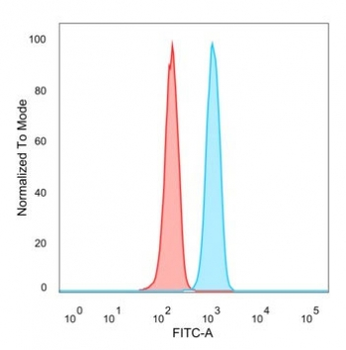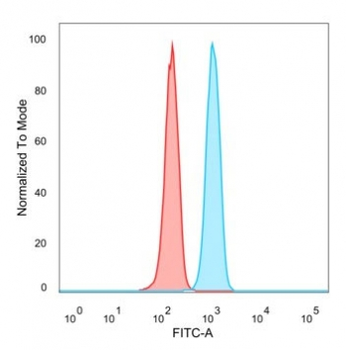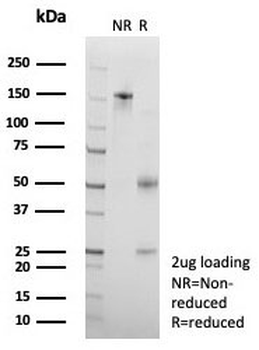You have no items in your shopping cart.
SNAPC4 Antibody
Catalog Number: orb1822677
| Catalog Number | orb1822677 |
|---|---|
| Category | Antibodies |
| Description | TATA-box binding protein (TBP) interactions with TBP-associated factors (TAFs) are required for the transcription of RNA polymerases. One particular TBP-TAF complex, snRNA-activating protein complex (SNAPC), is unusual in that it regulates basal transcription of both RNA polymerase II and III by binding specifically to a non-TATA-box proximal sequence element (PSE). SNAPC consists of five subunits of varying size. SNAPC binds to Oct-1 and TBP, which are activators of snRNA and RNA polymerases, respectively. The POU domain of Oct-1 binds to SNAPC 190 and effectively recruits SNAPC to the PSE. The cooperative binding of SNAPC and Oct-1 to their respective sequence elements is mediated by a nucleosome positioned between the two sequence elements. SNAPC 19 mediates the assembly of the subunits to form a functional SNAPC transcription regulator. SNAPC 50 (also designated PTFbeta) contains two zinc finger motifs and binds to SNAPC 43 (also designated PTFGamma) but not SNAPC 45 (PTFdelta). |
| Clonality | Monoclonal |
| Species/Host | Mouse |
| Isotype | Mouse IgG2b, kappa |
| Conjugation | Unconjugated |
| Reactivity | Human |
| Immunogen | Recombinant full-length human protein was used as the immunogen for the SNAPC4 antibody. |
| UniProt ID | Q5SXM2 |
| Tested applications | FACS |
| Dilution range | Flow cytometry: 1-2ug/million cells |
| Antibody Type | Primary Antibody |
| Clone Number | PCRP-SNAPC4-3A7 |
| Formula | 0.2 mg/ml in 1X PBS with 0.1 mg/ml BSA (US sourced), 0.05% sodium azide |
| Storage | Maintain refrigerated at 2-8°C for up to 2 weeks. For long term storage store at -20°C in small aliquots to prevent freeze-thaw cycles. |
| Note | For research use only |

Analysis of a HuProt (TM) microarray containing more than 19000 full-length human proteins using SNAPC4 Mouse Monoclonal (PCRP-SNAPC4-3A7). Z- and S- Score: The Z-score represents the strength of a signal that a monoclonal antibody (in combination with a fluorescently-tagged anti-IgG secondary antibody) produces when binding to a particular protein on the HuProt (TM) array. Z-scores are described in units of standard deviations (SD's) above the mean value of all signals generated on that array. If targets on HuProt (TM) are arranged in descending order of the Z-score, the S-score is the difference (also in units of SD's) between the Z-score. S-score therefore represents the relative target specificity of a mAb to its intended target. A mAb is considered to specific to its intended target, if the mAb has an S-score of at least 2.5. For example, if a mAb binds to protein X with a Z-score of 43 and to protein Y with a Z-score of 14, then the S-score for the binding of that mAb to protein X is equal to 29.

Flow cytometry testing of PFA-fixed human HeLa cells with SNAPC4 antibody (clone PCRP-SNAPC4-3A7) followed by goat anti-mouse IgG-CF488 (blue); Red = unstained cells.

SDS-PAGE analysis of purified, BSA-free SNAPC4 antibody (clone PCRP-SNAPC4-3A7) as confirmation of integrity and purity.
SNAPC4 Antibody [orb2311314]
FC, IHC
Human
Mouse
Monoclonal
Unconjugated
100 μg (without BSA and Azide), 100 μg, 20 μg
SNAPC4 Antibody (orb1822677)
Participating in our Biorbyt product reviews program enables you to support fellow scientists by sharing your firsthand experience with our products.
Login to Submit a Review





